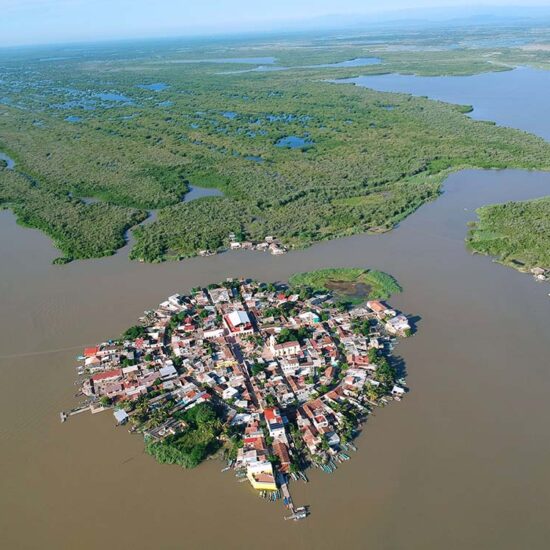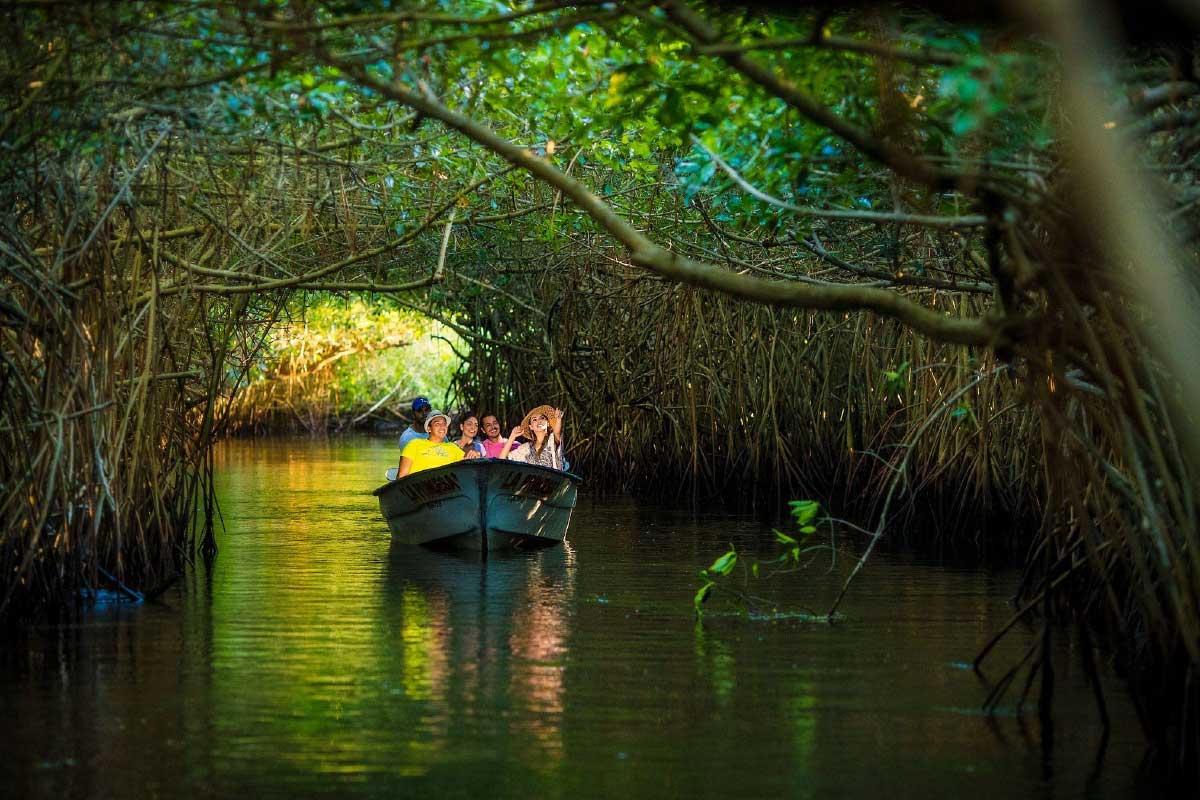
Five reasons to visit Nayarit on your next vacation to Mexico
Between the Mountains of the Sierra Madre Occidental and the Mexican Pacific Coast, in one of the smallest and least populated states in the country, there is a place that houses exceptional natural and cultural wealth: the state of Nayarit.
An ideal landscape to escape from mass tourism, connect with nature, engage in extreme sports, or discover authentic pre-Hispanic culture. These are the five reasons why you should visit Nayarit on your next vacation to Mexico.

Paradisiacal Beaches
In Mexico, there is more than just the beaches of the Caribbean. In the Riviera Nayarit, you can discover unforgettable places like San Blas, with its nearly pristine beaches, Sayulita and San Pancho, perfect for surfing, or Punta Mita, for those who prefer luxury.
Don’t miss visiting Playa Novillero, which, with its more than 80 kilometers, is the longest in Mexico—the second longest in Latin America, after Praia Do Cassino in Brazil. Its golden sands and calm waves make it the ideal place for a family getaway. Another essential getaway is Playa Escondida or Playa del Amor, in the Marietas Islands National Park, less than 10 kilometers southwest of Punta Mita.
It’s a small hidden white sand cove nestled in the heart of a rocky formation, only accessible by swimming.
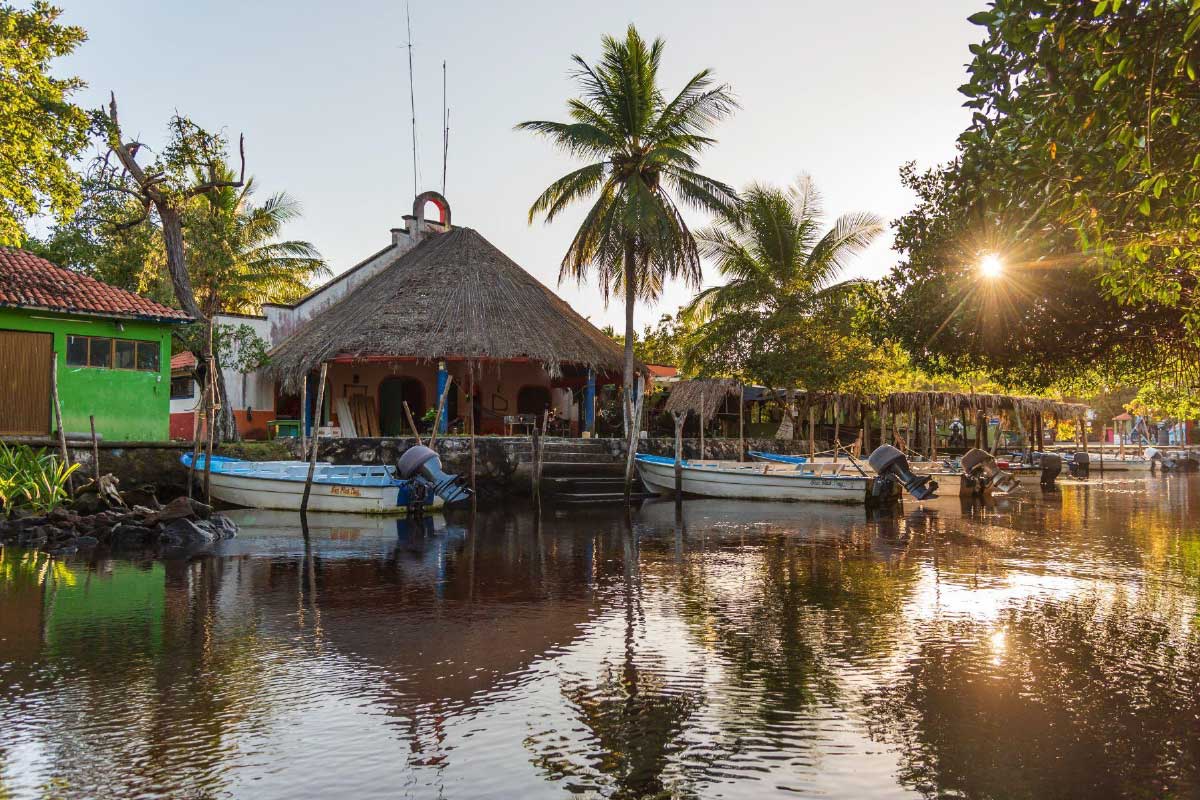
Magical Towns
Nayarit is one of the Mexican states with the highest number of Magical Towns. This year, five destinations obtained this designation, with which the Mexican government recognizes their ability to preserve their original traditions, history, culture, and architecture over time. San Blas stands out for its beaches, mangroves, and its iconic pier. Ahuacatlán is known for its colonial architecture. Amatlán de Cañas is famous for its cobbled streets, adobe houses, and red roofs, as well as its thermal spring water sources.
In Ixtlán del Río, you can visit one of the most important archaeological sites in the region, Los Toriles, and the hill of Cristo Rey, where believers gather during the last week of October. In Puerto Balleto, you can stay in the old prisoner accommodations, which have been renovated and adapted, as it is located on an island that was once Mexico’s most famous prison, Isla de María Madre, in the Marías Islands Biosphere Reserve. These unforgettable sites join the four Magical Towns that the state already had: Compostela, Jala, Mexcaltitlán, and Sayulita.
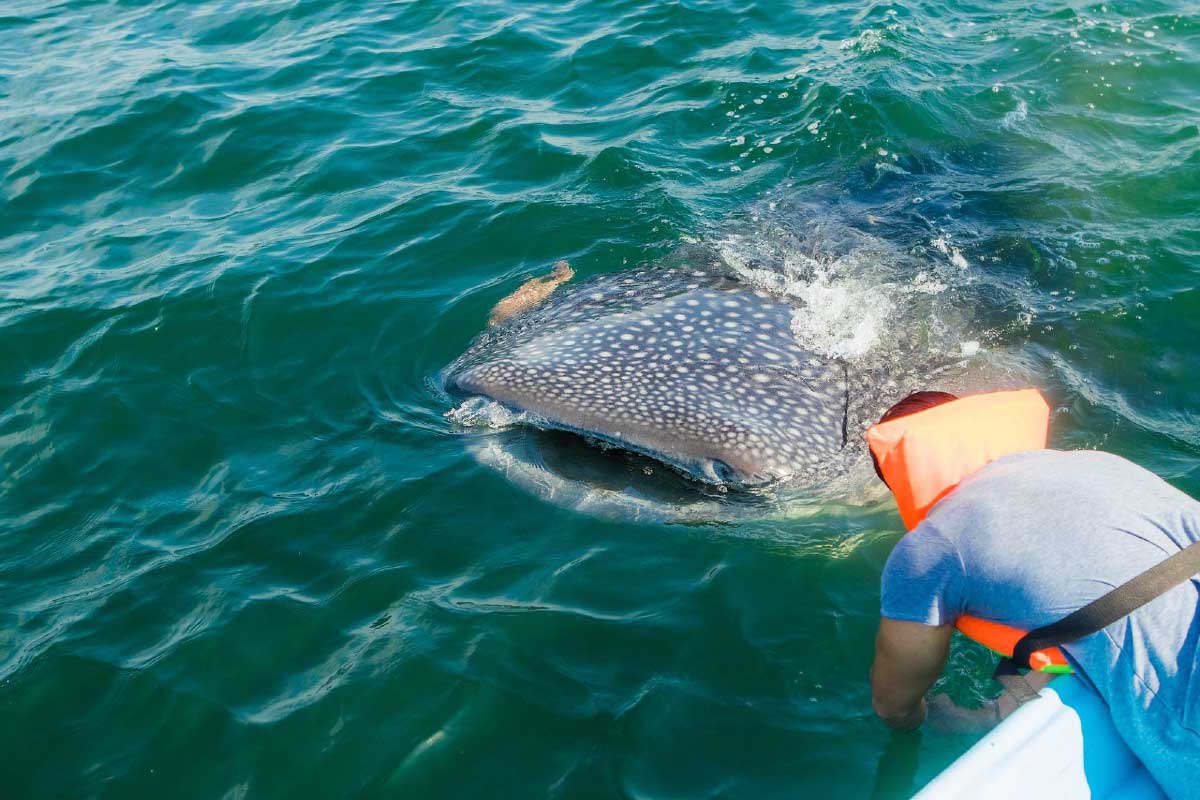
An Unforgettable Adventure
The warm waters of Puerto de San Blas are home to the whale shark, known as the domino fish due to its gray skin with white lines and dots. It’s the largest fish in the world, and despite its size (it can measure up to 18 meters long and weigh up to 34 tons), it is harmless (it doesn’t feed on meat but rather on plankton). Would you dare to swim near one?
Enjoy this experience with the highest safety standards provided by authorized providers who follow regulations to minimize the impact on the species. You can also admire the humpback whale, which in the winter months (from mid-December to late March) migrates to the Mexican Pacific Coast to mate and reproduce. Or, if you prefer, you can release sea turtles, as Nayarit is a nesting site for four species. Its great biodiversity makes the state home to endemic birds.
Take a boat to the Isla Isabel National Park, where you can spot blue-footed boobies or pelicans. The Nayarit jungle is home to jaguars, but they are more difficult to spot.

Abundant Natural Offerings
Although not everything in Nayarit is about the beach. If you’re into mountains, don’t miss the mystical Sierra del Nayar, where important indigenous groups inhabit the region: Wirrárikas (or Huicholes), Mexicaneros, and Coras.
There are also important reservoirs and lagoons inland, such as Laguna de Agua Brava, Laguna de Mexcaltitlán (where the island of the same name is located), and Estero de Cuautla. Mexcaltitlán, a small, colorful, and tranquil fishing village, is considered the ancient city of Aztlán.
Known as the Mexican Venice due to the canals that form within the island during the rainy season. These canals are navigated by rafts by the locals.
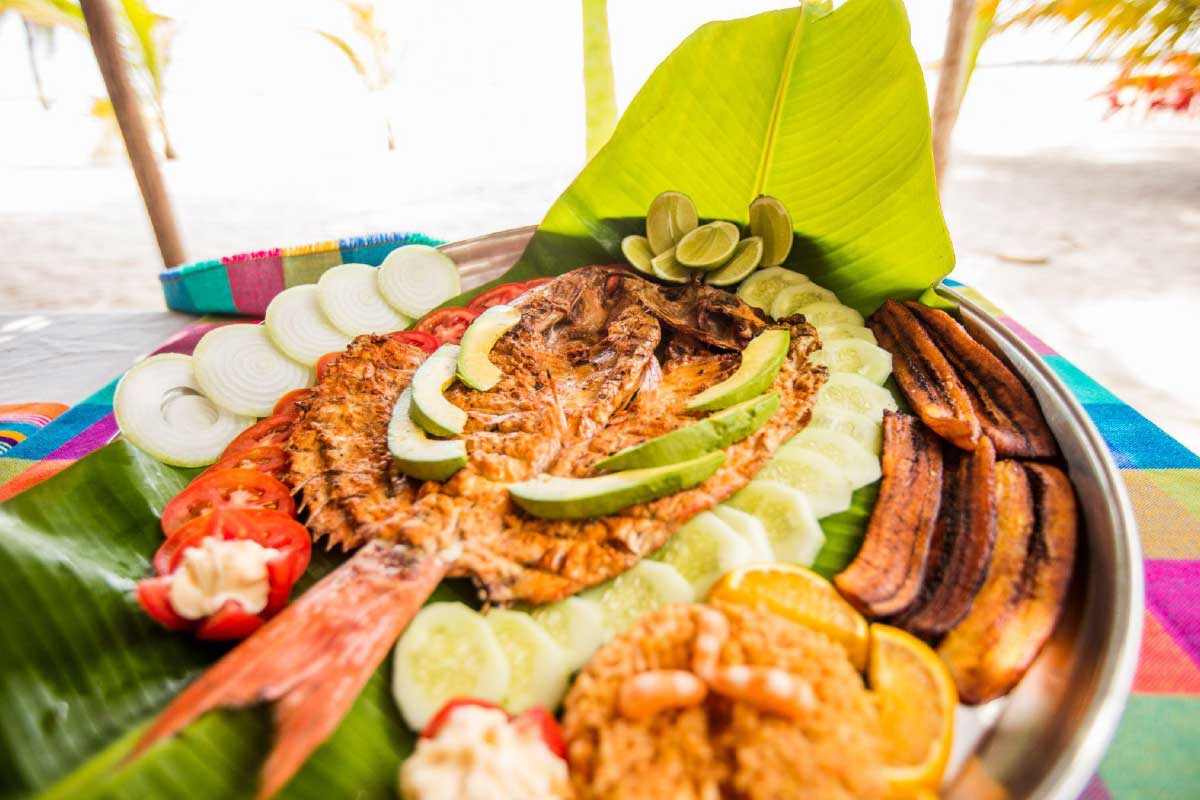
Fresh and Delicious Cuisine
In Nayarit, you’ll find a wide variety of fresh seafood products. Savor typical dishes like pescado zarandeado, a delicacy prepared with various sauces and smoked over wood, or Tlaxtihuilli, a recipe based on shrimp, chilies, and corn atole.
Don’t miss trying the famous ceviche and fish chicharrón, seafood molcajete, Nayarit tamales, or tatemada birria.
Don’t wait any longer; pack your bags and take a step beyond, to Nayarit, on the Mexican Pacific Coast, with unique sites and much to discover.
About Nayarit
The state of Nayarit is located in the northwest of Mexico, between the Pacific Coast and the majestic Sierra Madre Occidental. The region has been a cultural melting pot since pre-Columbian times.
During the 17th and 18th centuries, Nayarit served as the gateway in the Americas for a remarkable cultural exchange, the traces of which are palpable: It was on its shores that the crew of the famous Nao de China (the name given to the ships that, for 250 years, connected America with Asia) arrived at the historic port of San Blas, Nayarit, exchanging silk fabrics, spices, or wood for cacao beans, silver, gold, and cochineal to dye their clothes red, one of the great luxuries of the time. It was also in the 18th century that expeditions of Jesuits and Franciscans left Nayarit to conquer the Californias.
Delving into the history of this region, we find four Magical Towns full of history, unique cuisine, and interesting museums: Compostela, the former capital of the extinct Kingdom of New Galicia and one of the first cities founded by Spanish conquistadors; Jala, a picturesque colonial town at the foot of the Ceboruco volcano; Sayulita, a true mecca for surf enthusiasts and bohemian life with the best seafood cuisine, and Mexcaltitlán, a fascinating town located on an island, considered very special in the history of Mexico, as it is believed to be the ancient Aztlán, the place from which the Nahuas departed in the 12th century to found the Great Tenochtitlán (now Mexico City).
Today, in the state capital, Tepic, you can meet the artists who have contributed to shedding light on and shaping Nayarit. There are museums like that of Emilia Ortiz (a prominent surrealist Nayarit painter) or that of Amado Nervo, the house where this great Mexican poet was born.
Last but not least is the spectacular coastal region known as Riviera Nayarit: a paradise along the Pacific Ocean with a wide range of cultural events throughout the year, and with the town of San Pancho as its cultural epicenter, thanks to the symbiosis between its native residents and those who have recently come from all over the world to make the region their home. In Riviera Nayarit, you can enjoy exquisite cuisine or travel by sea to visit the numerous islands of Nayarit, such as the Marietas, where thousands of birds and endemic species nest, or the Marías Islands, a natural reserve and former prison recently converted into a cultural and tourist center.





